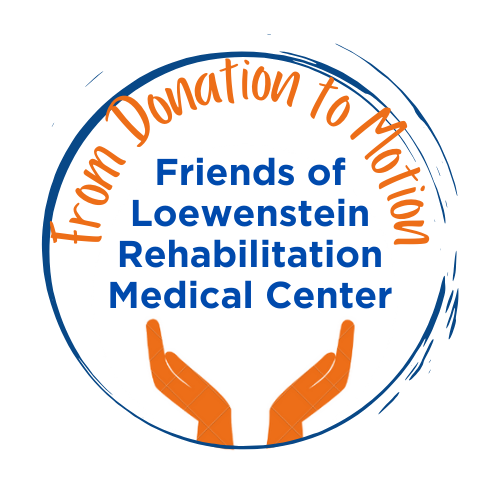Device for treatment of low-mobility patients with limited weight-bearing

Mobility limitation and difficulty bearing weight: population and rehabilitation
Limited mobility is the lot of the majority of the population of patients at Loewenstein Hospital. For most patients, this restriction is caused by orthopedic injuries or neurological injury, either congenital or acquired. Car accidents, work accidents, home accidents, terrorism and war injuries, and illnesses are the circumstances that usually can result in limited mobility.
The population of patients with limited mobility arrives to the Orthopedic Rehabilitation Department following amputations, joint replacements, fractures, burns, pain syndromes, injuries, and various damages to limbs. If nerve damage is the reason for limited mobility, the patients can be found in one of the departments of Neurological Rehabilitation, in the Head Injury Rehabilitation Department, or the Spinal Rehabilitation Department at Loewenstein Hospital.
The main objective in the rehabilitation of patients with limited mobility is to restore mobility and day-to-day independent function with or without help of assistive devices. Achieving the goal of successful rehabilitation allows patients optimal integration in everyday life within the community and enhances their quality of life.
Bearing weight on the legs is necessary for walking. Some patients, however, are not allowed to tread or bear weight on their legs because of their general medical condition, surgical intervention, or conservative treatment. Others cannot bear their body weight because of weakness in their legs or because of instability.
Pool therapy, where the water reduces the weight that legs are required to bear, can help practice standing and walking in such cases. Water treatment, however, may not be possible in certain situations because of not being allowed to stay at water temperature, various background diseases, open wounds, or lack bowel control. In addition, it is difficult to track the measure of weight on the legs and the manner of treading on the foot inside the water. Postponing the exercising of walking because of the difficulty of bearing weight increases the incidence of complications and affects rehabilitation outcomes and the patients’ quality of life. Another solution for exercising standing and walking while reducing the load on the legs is provided by the anti-gravity treadmill device.
- The device
The Anti-gravity treadmill device, based on differential air pressure technology (DAP), was developed by the American Space Agency (NASA). The device is a type of treadmill that includes a conveyor belt on which the patient walks while wearing specially designed pants that connect to an opening in the upper part of a chamber and seal it. Air is flowing into the chamber, gently pushing the patient upward, thus reducing the weight of the patient on the walking belt. Pressure is hardly felt, as it is spread evenly on the entire lower body, from the waist down.
The change of air pressure in the chamber allows reducing the ground reaction force by up to 20% of body weight in units of 1%, without changing the type of walking or running. Thus, it is possible to walk while bearing partial, accurately monitored weight.
The device is unique both from the point of view of the technology on which it is based and in that it is possible to control the percentage of weight bearing (20%-100% of body weight), speed (0 to 19.2 mph forward and from 0 to 4.8 mph backward in units of 0.1 mph), and incline (0% -15%) by the touch of a button at any moment of practice time. Using the feedback system, which includes two cameras, a switch between the two cameras, and a screen, the patient can receive visual feedback about the movements of the legs from the front and from the side.
- The Benefits
Start patient training early: with the help of the device it is possible to start exercising sessions with patients who have only partial weight-bearing ability.
Good control of training characteristics: at every step the therapist knows exactly how much weight the patient is bearing and can control the load, speed, and incline during the exercise session.
Patient safety: the device prevents fall during training even in the event of loss of control of the legs.
Appropriate for a broad population: suitable also for patients who cannot undergo treatment in water

